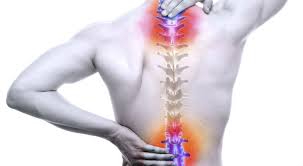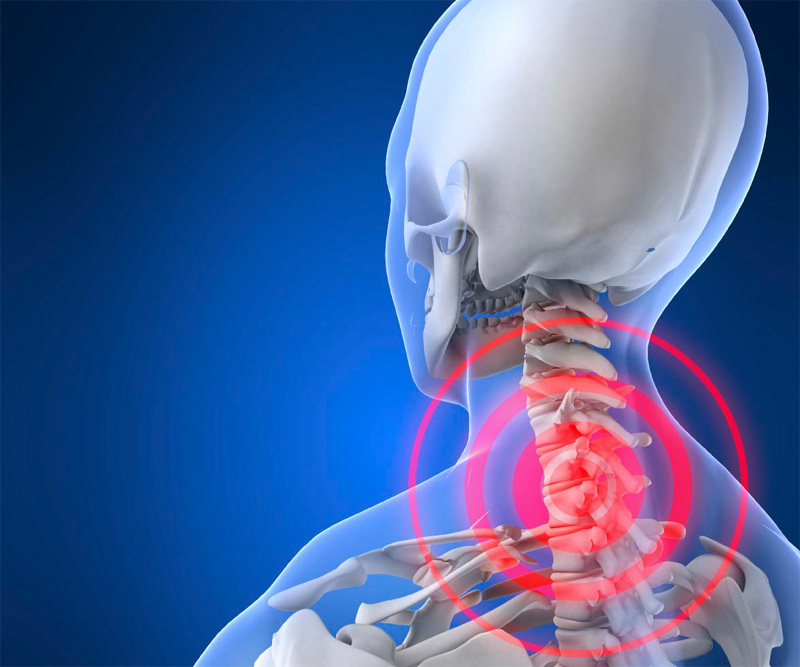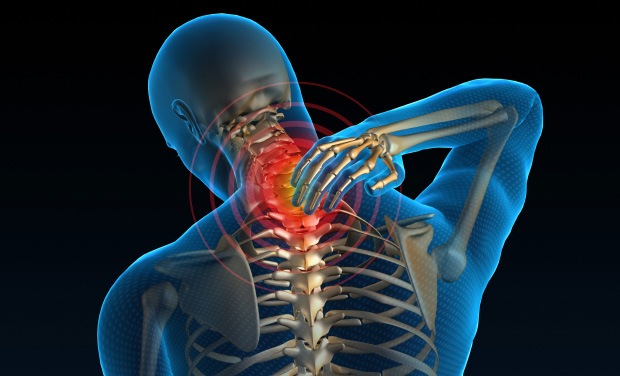Back and Neck Pain Exhibit Many Common Features in Old Age
Back and Neck Pain Exhibit Many Common Features in Old Age: A Population-based Study of 4,486 Danish Twins 70-102 Years of Age
SOURCE: Spine 2004 (Mar 1); 29 (5): 576–580
Jan Hartvigsen, DC, PhD, Kaare Christensen, MD, PhD, and Henrik Frederiksen, MD, PhD
Nordic Institute of Chiropractic and Clinical Biomechanics,
Institute of Public Health,
University of Southern Denmark,
Odense C, Denmark.
STUDY DESIGN: Cross-sectional and longitudinal analysis of data comprising 4,486 Danish twins 70-102 years of age.
OBJECTIVES: To describe the 1-month prevalence of back pain, neck pain, and concurrent back and neck pain and the development of these over time, associations with other health problems, education, smoking, and physical, and mental functioning.
SUMMARY OF BACKGROUND DATA: Back pain and neck pain are prevalent symptoms in the population; however, there is little research addressing these conditions in older age groups.
METHODS: Extensive interview data on health, lifestyle, social, and educational factors were collected in a nationwide cohort-sequential study of 70+ year-old Danish twins. Data for back pain, neck pain, lifetime prevalence of a comprehensive list of diseases, education, and self-rated health were based on self-report. Physical and mental functioning were measured using validated performance tests. Data including associated factors were analyzed in a cross-sectional analysis for answers given at entry into the study, and longitudinal analysis was performed for participants in all four surveys.
RESULTS: The overall 1-month prevalence for back pain only was 15%, for neck pain only 11%, and for concurrent back and neck pain 11%. The prevalence varied negligibly over time and between the age groups, and 63% of participants in all surveys had no episodes or only one episode of back or neck pain. Back pain and neck pain were associated with a number of other diseases and with poorer self-rated health. Back and neck pain sufferers had significantly lower scores on physical but not cognitive functioning.
There are more articles like this @ our:
Low Back Pain Page and the:




